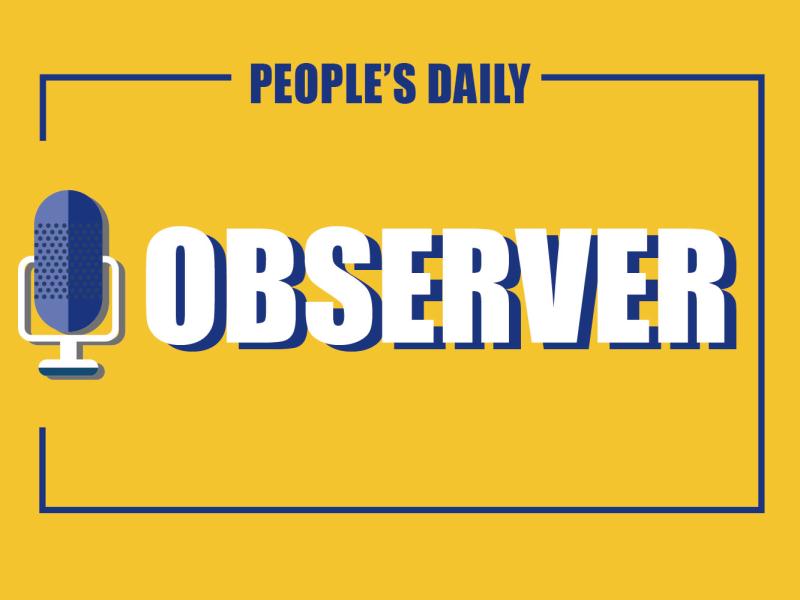
When the US President Donald Trump acknowledged last Tuesday African Americans are disproportionately getting sick and dying of COVID-19 at the White House task force briefing, it highlighted a fact that the US COVID-19 strategy is failing the poor.
According to a recent Associated Press analysis, of the victims whose demographic data was publicly shared, about 42% of the nation's deaths were black, while African Americans account for roughly 21% of the total population covered by the analysis.
Analysts believe this racial disparity of COVID-19 infection and deaths is largely due to the deep-rooted structural inequity in access to health care and economic opportunity, which has made many minority communities far more vulnerable to the virus.
On one hand, communities of color in the US face a persistent racial wealth gap, who are working in positions with higher chances of exposure to COVID-19, such as grocery store clerks and public transportation employees who cannot telecommute.
On the other hand, higher rates of pre-existing conditions, such as diabetes, hypertension, obesity, and asthma, within minority communities, may contribute to the phenomenon, as said by Dr. Anthony Fauci, director of the National Institute of Allergy and Infectious Diseases.
Despite these risks, Philip Alston, the UN Special Rapporteur on extreme poverty and human, has said that "federal relief is not yet reaching many people in need and is fundamentally inadequate in scope and kind gave the magnitude of the crisis and its longer-term impact," adding the US government is focusing primarily on businesses and the well-off, though there are already record layoffs.
Despite Trump has said his administration is actively engaging on the disease's increased impacts on the African American community, little detail has been offered so far. An opinion piece by the New York Times' Editorial Board headlined "How to Save Black and Hispanic Lives in a Pandemic" called for urgency to remove the barriers to care for all disadvantaged populations, suggesting measures including tearing down the wall between private and public medical care, interstate cooperation, directing more medical workers to reach out to vulnerable people, providing alternative housing for workers and others who have no way to isolate themselves, among others.
"Any attempt to contain COVID-19 in the US will have to address its potential spread in low-income communities of color, first and foremost to protect the lives of people in those communities, but also to slow the spread of the virus in the country as a whole," as said by a letter sent to Secretary of Health and Human Services Alex Azar on March 27.
History has shown to us that pandemics usually hurt the poor worse than the wealthy. As the US government scrambles for solutions to mitigate the pandemic, they must also make sure its marginalized populations will not be forced to bear the brunt of COVID-19.


